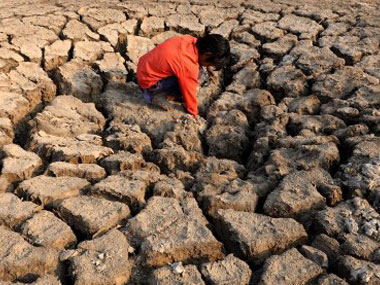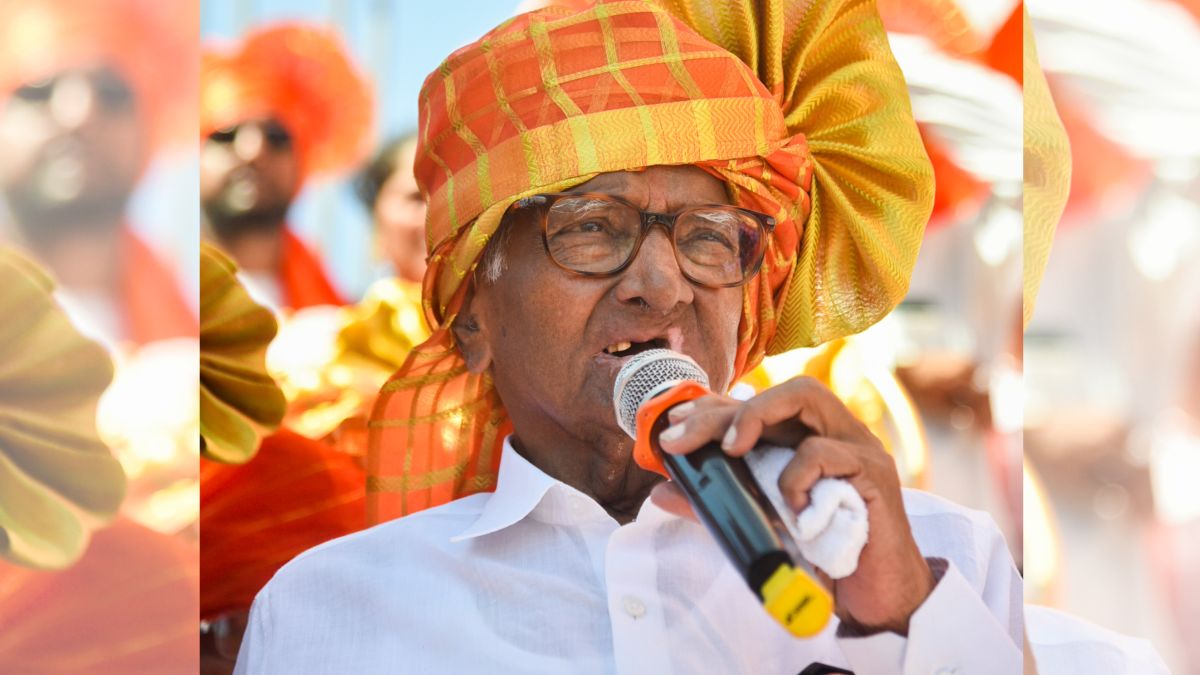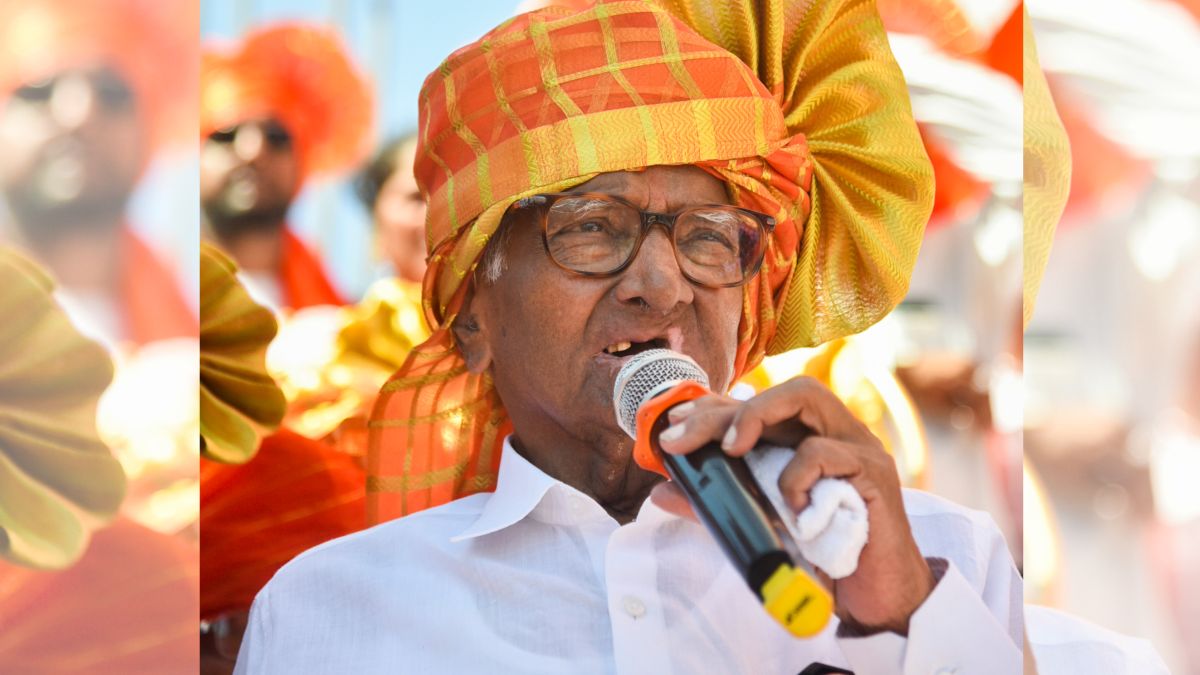Maharashtra has the maximum number of big dams of any state in India (35 percent of the total), the most expenditure on big dams (40 percent of the total) since Independence with the least amount of cropped area under irrigation (18 percent). But the state has nine effectively “toothless” Acts governing water and irrigation. This lack of water governance may explain the paradox of a state with the largest dam infrastructure facing water scarcity and drought.
Maharashtra’s ineffective laws form the basis of the legal framework covering the allocation, distribution and use of water. However, the government has formulated rules for only one of these acts. The result is “lawlessness” in Maharashtra’s water sector, according to Pradeep Purandare, an expert on water and irrigation.
Pradeep Purandare has studied water issues in depth for the last 34 years as a faculty member at the Water and Land Management Institute in Aurangabad, a training institute under the Water Resources Department. He served as an expert member for the Marathwada Development Board on water and irrigation issues and has filed court cases challenging Maharashtra’s water laws. A government order issued on 12 April, 2016 appointed Purandare to a committee to frame guidelines for the formulation of an integrated water plan for Maharashtra (see separate story).
Enacting a law is not sufficient. A law by itself states general principles. It is the rules, notifications, orders and circulars that provide the details for implementation, prescribe procedures, establish time frames, and guidelines for the empowerment and punishment of officials. In the absence of rules, a law for all practical purposes is an Act on paper, a toothless piece of legislation.
The absence of the operative part of these laws is one of the key reasons that has contributed to the drought, Purandare said in an interview in Aurangabad. In fact, the legal architecture governing water and irrigation is a vast grey zone, enabling vested interests to exploit water indiscriminately.
“Equitable distribution of water becomes a casualty, as water is being used indiscriminately by people with vested interests while the original beneficiaries are left out,” said Purandare.
The first piece of legislation governing water was the Maharashtra Irrigation Act 1976 (MIA), followed by enabling Acts between 1996 and 1998 to create five Irrigation Development Corporations (IDC) for the different regions of Maharashtra. This was followed by the Maharashtra Management of Irrigation Systems by Farmers Act 2005 (MMISF) and the Maharashtra Water Resources Regulatory Authority Act 2005 (MWRRA) to set up a regulatory body. The Maharashtra Groundwater (Development and Management) Act 2009 was the last piece of legislation.
Barring the MMISF, no rules or regulations have been framed for any of the other acts. The state government is yet to issue rules for the MIA, which has been in place for 40 years. The Water Regulatory Authority is supposedly the custodian of the implementation of water laws, but they don’t have their own rules in place. In 2013, rules were prepared on the directives of the High Court and had to be withdrawn because they were contrary to the provisions of the law.
The absence of clarity has led to vandalism and tampering with water, said Purandare. Offences go unpunished and the intended beneficiaries suffer. There is no procedure in place to book the offences for violation of the Act, compensation for not getting water as per official schedules or transparency and accountability in the governance of water.
For instance, the Manjara irrigation project in Beed district officially provided water for irrigating sugarcane on just 3 percent to be irrigated. However, the Chitale committee report on the irrigation scam states that sugarcane is grown on 70 percent of the land which is irrigated. That’s the reason Latur did not get water for drinking. The law provides for regulation of crops during shortages. But those have not been implemented because of an absence of the operative parts.
The anecdote highlights how an absence of clearly defined rules can lead to a situation where various groups (the state, lobbies, vested interests) can hold resources to ransom.
In addition, the institutional structure for water governance is complex. A host of government agencies exist alongside a raft of laws, making it difficult to determine where authority lies.
For instance, a State Water Board (SWB) was established in 2005 to prepare an Integrated Water Plan for the state. Neither has the SWB been fully operational, in truest sense, nor has the plan been prepared. A State Water Council was established in the same year to approve a draft plan. The Council became operational after 10 years, due to a Public Interest Litigation (PIL) that Purandare had filed.
This leads to massive confusion in the water sector with agencies working at cross-purposes and loopholes ready for exploitation. The result is diversion of water from flow to lift irrigation, irrigation to non-irrigation and seasonal to perennial cash crops like sugarcane.
In the absence of rules and notifications for rivers, command areas (the area that a dam irrigates) and canal officers, the Maharashtra Irrigation Act, which is the parent act, has remained mostly toothless. Absence of command area rules results in irrigation mismanagement. A similar situation with canal officers means that the people charged with implementing the Act are legally . They can and do take ad-hoc decisions.
According to Purandare, the reasons for leaving laws in a limbo are to give an outward impression at the national and international level about the state’s concern for water use and to secure loans from donor agencies while leaving enough space for misuse.
This has not gone unchallenged. Purandare filed two PILs in the Aurangabad bench of the Bombay High Court. The first sought to make the State Water Board operational and implement the Integrated State Water Plan, while the second sought court directives to the government to frame rules for the Maharashtra Irrigation Act 1976.
In response, the High Court passed a judgement that deemed 191 irrigation projects that the state launched after 2005 “illegal”, since they did not refer to the Integrated State Water Plan. It also said no new projects can be taken up till the plan is formulated. On the Irrigation Act, the court gave a deadline to the government to frame rules.
“They want water for sugarcane and for cities and industries at the expense of villages and agriculture,” Purandare said. “Then there is the contractor lobby, which takes the decisions rather than the engineers.” The overarching vision of having legislation in Maharashtra was to manage, regulate and govern the use of water for equitable and sustainable use. It is the abuse of this vision that has contributed to water scarcity. Solving it will require implementing the vision in its letter and spirit.
This is the eighth segment of a 13-part series on Marathwada’s drought.
Part 9: The story behind the Shirpur Pattern of Development
Read the previous parts of the series here: Part 1: Region is parched, impoverished and desperate, but it’s a crisis of its own making Part 2: In the midst of severe economic downturn, private water sellers reap profits in Latur Part 3: Drought has brought the economy down and is forcing farmers to leave the region Part 4: Water scarcity has created a region where trust has eroded and left the social fabric frayed Part 5: Maha has the most dams in the country, but the least effective irrigation network Part 6: A surveyor of suicides tells the story behind the statistics and the lonely struggle of Indian farmers Part 7: Will outreach help reduce farmer suicides?


)




)
)
)
)
)
)
)
)